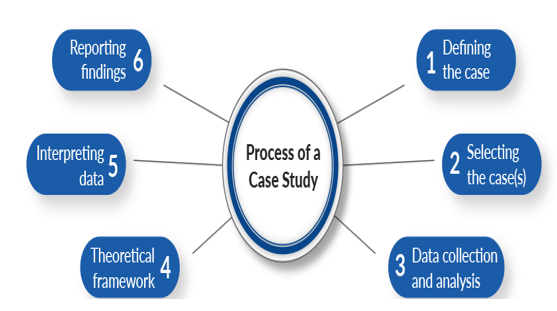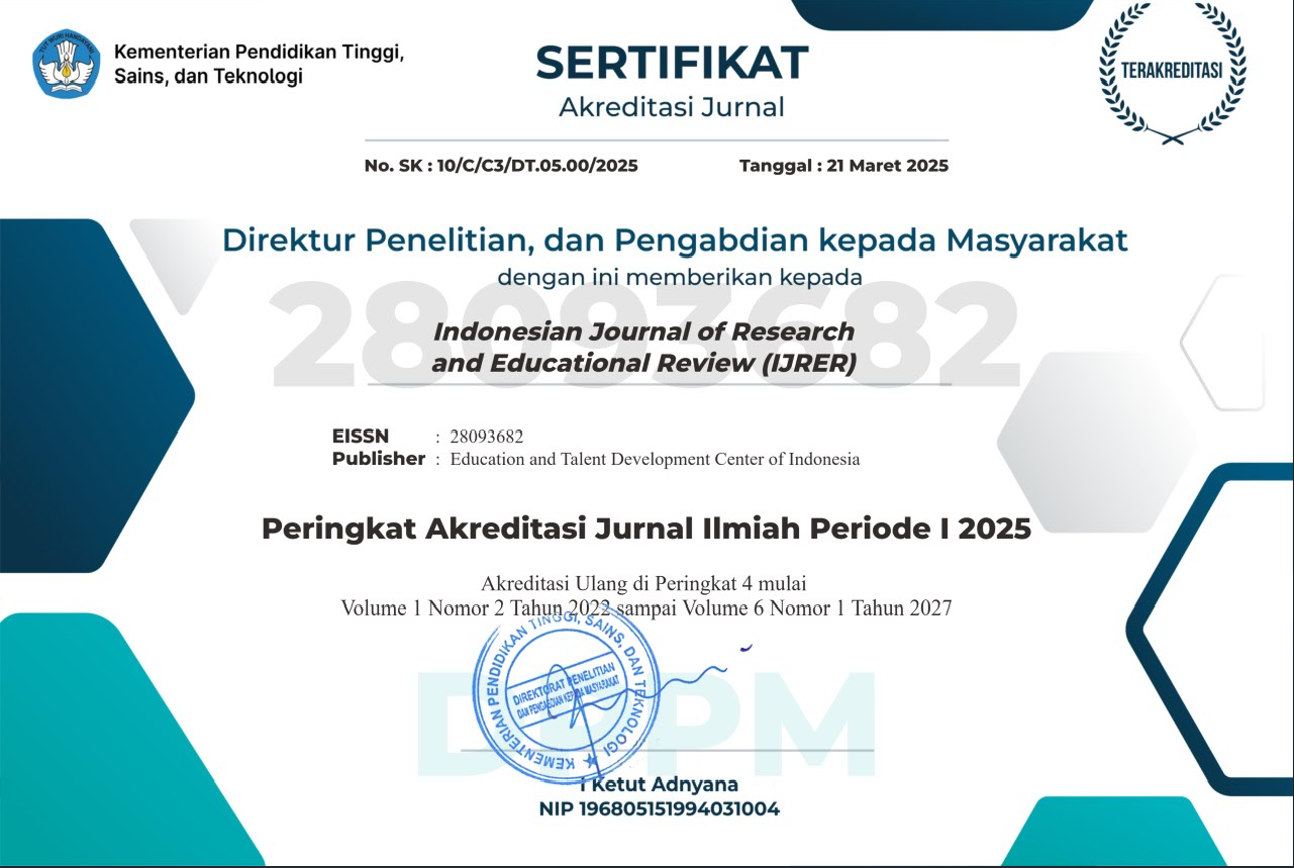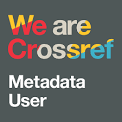Implementation of the Reading-Reflection-Sharing Model in Developing Critical Literacy in Vocational High School Students
DOI:
https://doi.org/10.51574/ijrer.v4i4.3658Keywords:
Active Learning, Critical Literacy, Reading-Reflection-Sharing, Vocational High SchoolAbstract
The lack of student literacy is a challenge for educators; therefore, the reading-reflection-sharing model exists to improve critical thinking skills. This study aims to describe the implementation, impact, and supporting and inhibiting factors of the Reading-Reflection-Sharing (RRS) model in improving critical literacy among vocational school students. This study employs a descriptive qualitative method that incorporates a case study design. Data collection uses observation, interview, and documentation techniques. The research subjects were grade X and grade XI vocational school SAQA students. Data analysis used data reduction, categorization, and presentation. The findings show that the RRS model not only improves academic understanding but also develops social skills, learning independence, and the delivery of ideas. This model has an impact on improving critical thinking skills, communication skills, and independent learning. Teachers, materials, and facilities support success, but time, low motivation, and undeveloped reflective habits hinder it. The reading-reflection-sharing model has been shown to develop students' critical literacy because it creates an interactive classroom environment, allows for sharing, and enables students to express their arguments more freely. This study utilizes the reading, reflection, and sharing models to enhance critical literacy studies. This study also offers alternative learning strategies that teachers can use to help improve students' critical thinking skills.
References
Afiyah, I. (2025). The Existence of Library Literacy in Indonesia in the Millennial Era: Strategies for Improving the Quality of Education to Support the Sustainable Development Goals (SDG's). Solo International Collaboration and Publication of Social Sciences and Humanities, 3(01), 41-52. https://doi.org/10.61455/sicopus.v3i01.229
Anisa, A. R., Ipungkarti, A. A., & Saffanah, K. N. (2021). Pengaruh kurangnya literasi serta kemampuan dalam berpikir kritis yang masih rendah dalam pendidikan di Indonesia. In Current research in education: conference series journal (Vol. 1, No. 1, pp. 1-12).
Antoni, D., & Pd, M. (2017). The effect of “anticipation guide strategy” and students’ reading interest on students’ reading comprehension at grade XII of SMKN 1 Pariaman. English Language Teaching and Research, I (1), 65-76.
Barak, M., & Lefstein, A. (2022). Opening texts for discussion: Developing dialogic reading stances. Reading Research Quarterly, 57(2), 449-468. https://doi.org/10.1002/rrq.413
Bilan, Y., Oliinyk, O., Mishchuk, H., & Skare, M. (2023). Impact of information and communications technology on the development and use of knowledge. Technological Forecasting and Social Change, 191, 122519. https://doi.org/10.1016/j.techfore.2023.122519
Chen, W., Tan, J. S., & Pi, Z. (2021). The spiral model of collaborative knowledge improvement: An exploratory study of a networked collaborative classroom. International Journal of Computer-Supported Collaborative Learning, 16(1), 7-35. https://doi.org/10.1007/s11412-021-09338-6
Cynthia, R. E., & Sihotang, H. (2023). Melangkah bersama di era digital: pentingnya literasi digital untuk meningkatkan kemampuan berpikir kritis dan kemampuan pemecahan masalah peserta didik. Jurnal Pendidikan Tambusai, 7(3), 31712-31723. http://repository.uki.ac.id/13649/
Dobryakova, M., Froumin, I., Moss, G., Seel, N., Barannikov, K., & Remorenko, I. (2023). A framework of key competences and new literacies. In Key competences and new literacies: From slogans to school reality (pp. 27-56). Cham: Springer International Publishing. https://doi.org/10.1007/978-3-031-23281-7_3
Erinda, E. J. M., Marni, S., & Sartika, R. (2022). Keefektifan Model Pembelajaran Sharing Reading Literacy Terhadap Kemampuan Membaca Teks Hikayat Siswa Kelas X SMA N 15 Padang. Alinea: Jurnal Bahasa, Sastra dan Pengajaran, 2(3), 322-331. https://doi.org/10.58218/alinea.v2i3.280
Fan, Y., Tang, L., Le, H., Shen, K., Tan, S., Zhao, Y., ... & Gašević, D. (2025). Beware of metacognitive laziness: Effects of generative artificial intelligence on learning motivation, processes, and performance. British Journal of Educational Technology, 56(2), 489-530. https://doi.org/10.1111/bjet.13544
Hidayah, D., & Hasanah, E. (2024). Optimalisasi pelaksanaan layanan perpustakaan untuk meningkatkan literasi siswa. Academy of Education Journal, 15(2), 1504-1514. https://doi.org/10.47200/aoej.v15i2.2512
Ikaningrum, R. E., & Indriani, L. (2023). Analisis Isi Modul Pengajaran Membaca Berbasis Literasi Kritis Bagi Mahasiswa Calon Guru. PINUS: Jurnal Penelitian Inovasi Pembelajaran, 8(2), 30-38. https://doi.org/10.29407/pn.v8i2.17925
Indrašienė, V., Jegelevičienė, V., Merfeldaitė, O., Penkauskienė, D., Pivorienė, J., Railienė, A., & Sadauskas, J. (2023). Critical reflection in students’ critical thinking teaching and learning experiences. Sustainability, 15(18), 13500. https://doi.org/10.3390/su151813500
Ismail, I. (2021). Refleksi dalam pembelajaran inkuiri: dampaknya pada penguatan berpikir kritis mahasiswa ditinjau dari gaya kognitif. Lensa: Jurnal Kependidikan Fisika, 9(2), 192-197. https://doi.org/10.33394/j-lkf.v9i2.5091
Jaelani, A. K., Hasbi, M., & Baharullah, B. (2023). A critical thinking profile of mathematics education students in solving ill-structured problem based on mathematical ability. JTAM (Jurnal Teori dan Aplikasi Matematika), 7(2), 545-559.
Ku, K. Y., Kong, Q., Song, Y., Deng, L., Kang, Y., & Hu, A. (2019). What predicts adolescents’ critical thinking about real-life news? The roles of social media news consumption and news media literacy. Thinking Skills and Creativity, 33, 100570. https://doi.org/10.1016/j.tsc.2019.05.004
Ninawati, M. (2019). Efektivitas model pembelajaran literasi kritis berbasis pendekatan konsep untuk meningkatkan keterampilan menulis kreatif siswa sekolah dasar. Pendas: Jurnal Ilmiah Pendidikan Dasar, 4(1), 68-78. https://doi.org/10.23969/jp.v4i1.1747
Pratiwi, A., & Asyarotin, E. N. K. (2019). Implementasi literasi budaya dan kewargaan sebagai solusi disinformasi pada generasi millennial di Indonesia. Jurnal Kajian Informasi & Perpustakaan, 7(1), 65-80. https://doi.org/10.24198/jkip.v7i1.20066
Pratiwi, S. N., Prasetia, I., & Gajah, N. (2022). Literacy culture in elementary schools: The impact of the literacy movement program and library facilities. Jurnal Kependidikan: Jurnal Hasil Penelitian Dan Kajian Kepustakaan Di Bidang Pendidikan, Pengajaran Dan Pembelajaran, 8(3), 786-794.
Safitri, V., & Lidyasari, A. T. (2024). Enhancing Learning Concentration and Reading Comprehension in Fifth Graders: The Impact of Anticipation Guide Strategies in Elementary Education. AL-ISHLAH: Jurnal Pendidikan, 16(4), 4829-4840. https://doi.org/10.35445/alishlah.v16i4.5744
Sari, F. K., & Faridi, A. (2020). The effectiveness of anticipation guide and visualization strategies in teaching reading comprehension to students with high and low motivation. English Education Journal, 10(4), 614-622.
Setyawan, W. B. (2024). Perpustakaan sebagai Tempat Inspirasi dalam Mendorong Minat Belajar. Buletin Perpustakaan, 7(2), 1-16. https://doi.org/10.20885/bpuii.v7i2.36573
Sultan, Dr. (2018). Membaca Kritis: Mengungkap Ideologi Teks Dengan Pendekatan Literasi Kritis. Yogyakarta: Baskara Media.
Susetya, H. H. H. (2021). Implementasi Strategi Pembelajaran Anticipation Guide pada Pemahaman Membaca Siswa. Matapena: Jurnal Keilmuan Bahasa, Sastra, Dan Pengajarannya, 4(2), 219-224.
Thornhill-Miller, B., Camarda, A., Mercier, M., Burkhardt, J. M., Morisseau, T., Bourgeois-Bougrine, S., ... & Lubart, T. (2023). Creativity, critical thinking, communication, and collaboration: Assessment, certification, and promotion of 21st century skills for the future of work and education. Journal of Intelligence, 11(3), 54. https://doi.org/10.3390/jintelligence11030054
Trixa, J., & Kaspar, K. (2024). Information literacy in the digital age: information sources, evaluation strategies, and perceived teaching competences of pre-service teachers. Frontiers in Psychology, 15, 1336436. https://doi.org/10.3389/fpsyg.2024.1336436
Valladares, L. (2021). Scientific literacy and social transformation: Critical perspectives about science participation and emancipation. Science & Education, 30(3), 557-587. https://doi.org/10.1007/s11191-021-00205-2
van der Meer, T. G., & Hameleers, M. (2022). I knew it, the world is falling apart! Combatting a confirmatory negativity bias in audiences’ news selection through news media literacy interventions. Digital Journalism, 10(3), 473-492. https://doi.org/10.1080/21670811.2021.2019074
Weiland, T. (2017). Problematizing statistical literacy: An intersection of critical and statistical literacies. Educational Studies in Mathematics, 96(1), 33-47. https://doi.org/10.1007/s10649-017-9764-5
Yu, S., & Liu, C. (2021). Improving student feedback literacy in academic writing: An evidence-based framework. Assessing Writing, 48, 100525. https://doi.org/10.1016/j.asw.2021.100525
Zuliasmi, F., Marni, S., & Nisja, I. (2023). Validitas Model Sharing Reading Literacy. Jurnal Kiprah, 11(1).

Downloads
Published
How to Cite
Issue
Section
License
Copyright (c) 2025 Dianatul Qoyyimah, Mohammad Husen, Hemas Haryas Harja Susetya

This work is licensed under a Creative Commons Attribution-ShareAlike 4.0 International License.









1.png)













